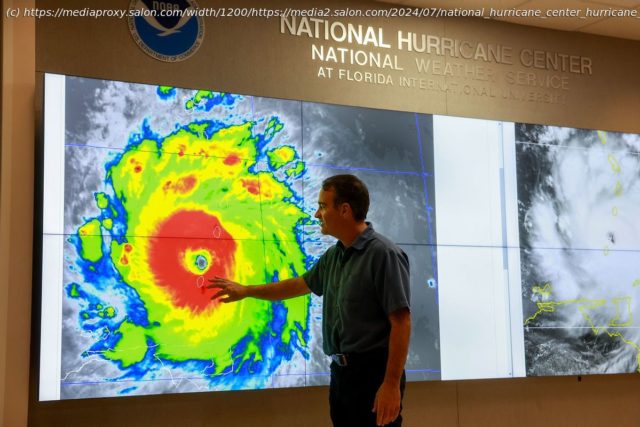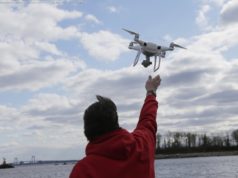The first hurricane of the 2024 season is already making huge waves and burning fossil fuels made it possible
In late May, the National Oceanic and Atmospheric Administration, the top hurricane forecasting body in the United States, published a report forecasting the most active hurricane season yet. Now that the season has begun, Hurricane Beryl — the first named hurricane from 2024 — arrived last week, and is already breaking records for its early intensity.
It’s the first Category 4 storm to be recorded in the month of June since records first began being kept in 1851. Late Monday night, Beryl strengthened to a Category 5 as its winds increased to 165 mph (270 kph), razing southeast Caribbean islands as it heads toward Jamaica, according to AP News. Experts who spoke with Salon agree on one thing: Hurricane Beryl is powered by global heating driven by burning fossil fuels.
Michael Wehner, a senior scientist in the Computational Research Division at the Lawrence Berkeley National Laboratory, told Salon that the majority of tropical cyclone experts perceive Hurricane Beryl as « a unique, unusual and record-setting storm. »
« The unusually warm sea surface temperatures and the developing La Niña conditions play a significant role. Global warming has increased these ocean temperatures adding to the natural variability », Wehner said. « Quantifying the contribution of climate change to the intensity of this storm will require detailed calculations, which will take some time to produce. »
« Climate change and, in particular, warming oceans, are fueling ever-more-powerful hurricanes, in the Atlantic and around the world », Dr. Michael E. Mann, a professor of Earth and Environmental Science at the University of Pennsylvania, told Salon. « For each 1°C of warming (which is roughly how much the oceans have warmed) we observe a roughly 12% increase in peak wind speeds, which corresponds to a roughly 40% increase in peak intensity (which is proportional to the third power of the wind speak). »
Adding that this increase is not only detectable « it’s now readily observable », Mann added that this is why « I have endorsed the creation of a new category, Category 6, for the very strongest storms we are now witnessing.
Home
United States
USA — Science Record-breaking Category 5 Hurricane Beryl wouldn't be possible without climate change






